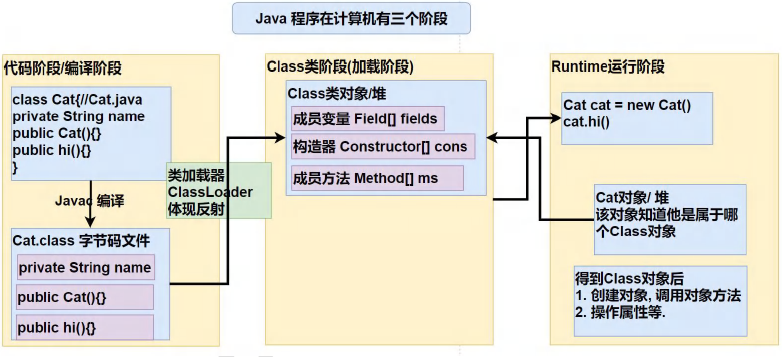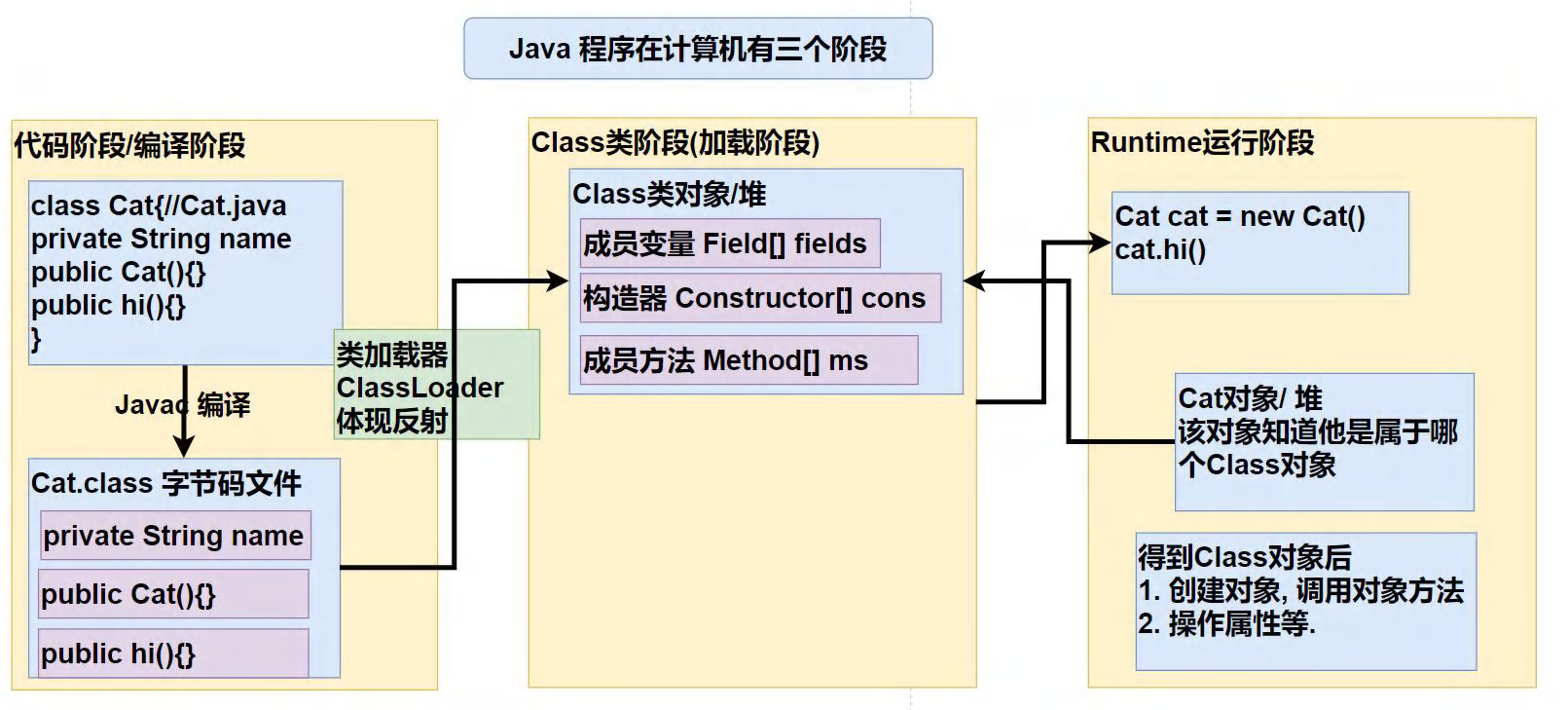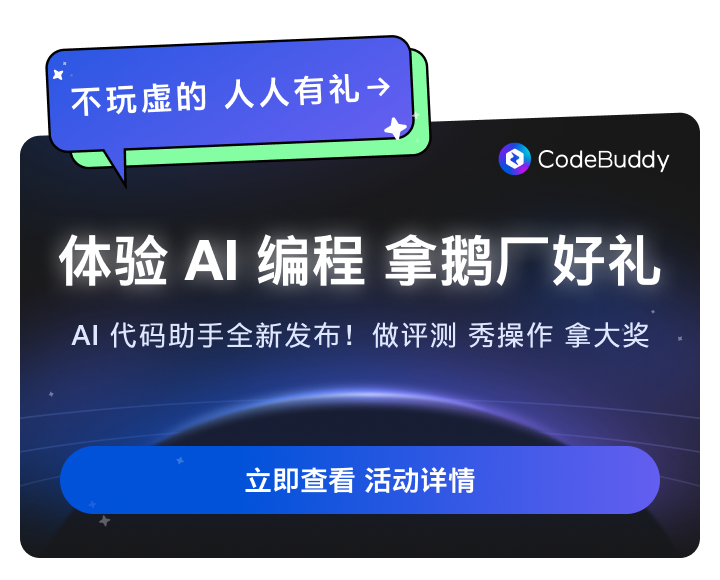嘉嘉123
作者相关精选
Win11安装/运行Apk
部署DeepSeek模型,进群交流最in玩法!
立即加群
Win11安装/运行Apk
嘉嘉123
发布于 2022-12-14 12:00:08
发布于 2022-12-14 12:00:08
2.7K00
代码可运行
举报
运行总次数:0
代码可运行
看标题觉得很不可思议,对吧?我们只要在Win11电脑上安装Windows Subsystem for Android子系统就可以实现这个功能。
废话不多说,Lets go!
安装Windows Subsystem for Android子系统
下载
在我的博客网盘里下载它:https://url.yanjiajia.cn/hVLgv 网盘嗝屁了!!
启动
在开始菜单中搜索功能,进入启用或关闭Windows功能,勾上虚拟机平台,如图:
安装
用管理员权限运行Powershell,输入:
一定要用PowerShell!
代码语言:javascript
代码运行次数:0
运行
AI代码解释
复制
cd C:\\Users\\jia\\Desktop\\ // 换成你下载WSA的路径
Add-AppxPackage "wsa"
在开始菜单中看到Windows Subsystem for AndroidTM就安装成功了!

成功!
安装APK
安装“APK文件安装程序”
在Microsoft Store中搜索APK文件安装程序,安装。
设置WSA
打开Windows Subsystem for AndroidTM,将开发人员模式设为开,并确保有IP地址,如图:

安装APK程序
以后如果要安装APK程序,可以打开APK文件安装程序,安装。
本文参与 腾讯云自媒体同步曝光计划,分享自作者个人站点/博客。
原始发表:2022-02-13,如有侵权请联系 cloudcommunity@tencent.com 删除
评论
登录后参与评论
暂无评论
登录 后参与评论
推荐阅读
推荐阅读
Java学习之反射篇
2780
Java反射知识
4230
Java反射:Web学习的灵魂
3340
2-反射
2170
JAVA之反射知识点整理
2420
Java反射:框架设计的灵魂
2810
谈谈Java中的反射机制
4720
Java反射基础
2240
Java Web_基础加强
6150
Java反射机制深入详解
2.2K0
相关推荐
Java反射详解
更多 >目录
- 安装Windows Subsystem for Android子系统
- 下载
- 启动
- 安装
- 安装APK
- 安装“APK文件安装程序”
- 设置WSA
- 安装APK程序

领券
腾讯云开发者

扫码关注腾讯云开发者
领取腾讯云代金券
Copyright © 2013 - 2025 Tencent Cloud. All Rights Reserved. 腾讯云 版权所有
深圳市腾讯计算机系统有限公司 ICP备案/许可证号:粤B2-20090059 深公网安备号 44030502008569
腾讯云计算(北京)有限责任公司 京ICP证150476号 | 京ICP备11018762号 | 京公网安备号11010802020287
Copyright © 2013 - 2025 Tencent Cloud.
All Rights Reserved. 腾讯云 版权所有
登录 后参与评论
1














